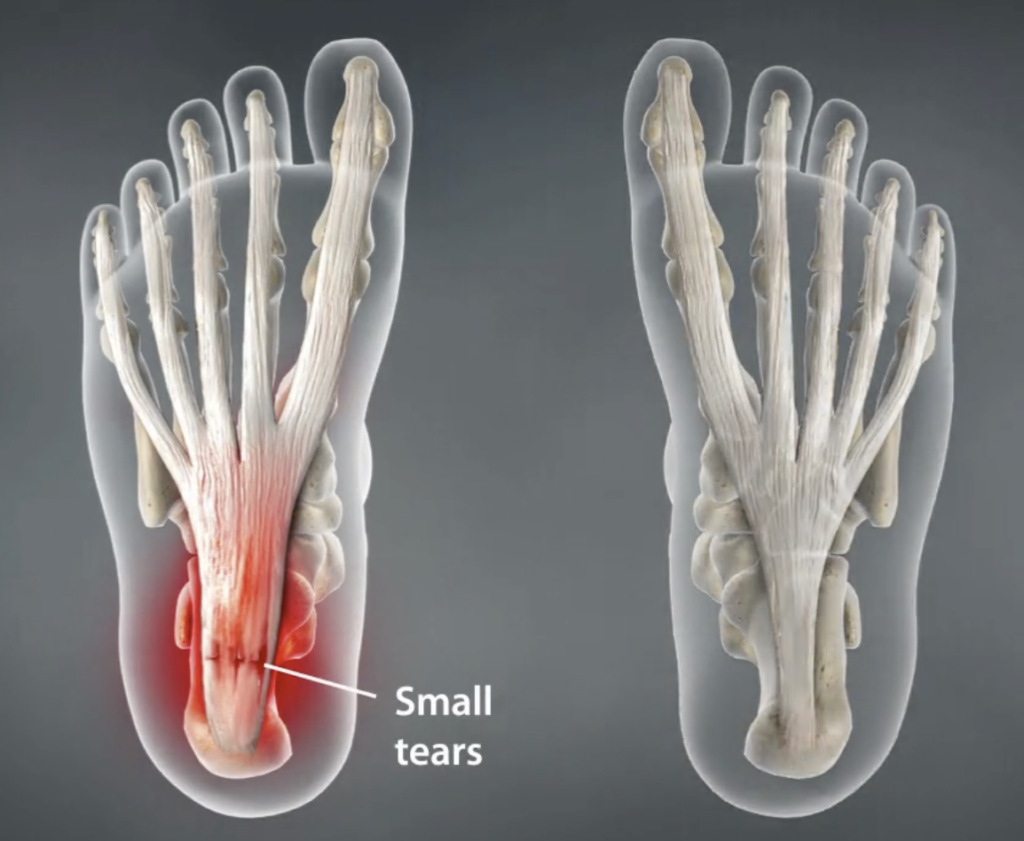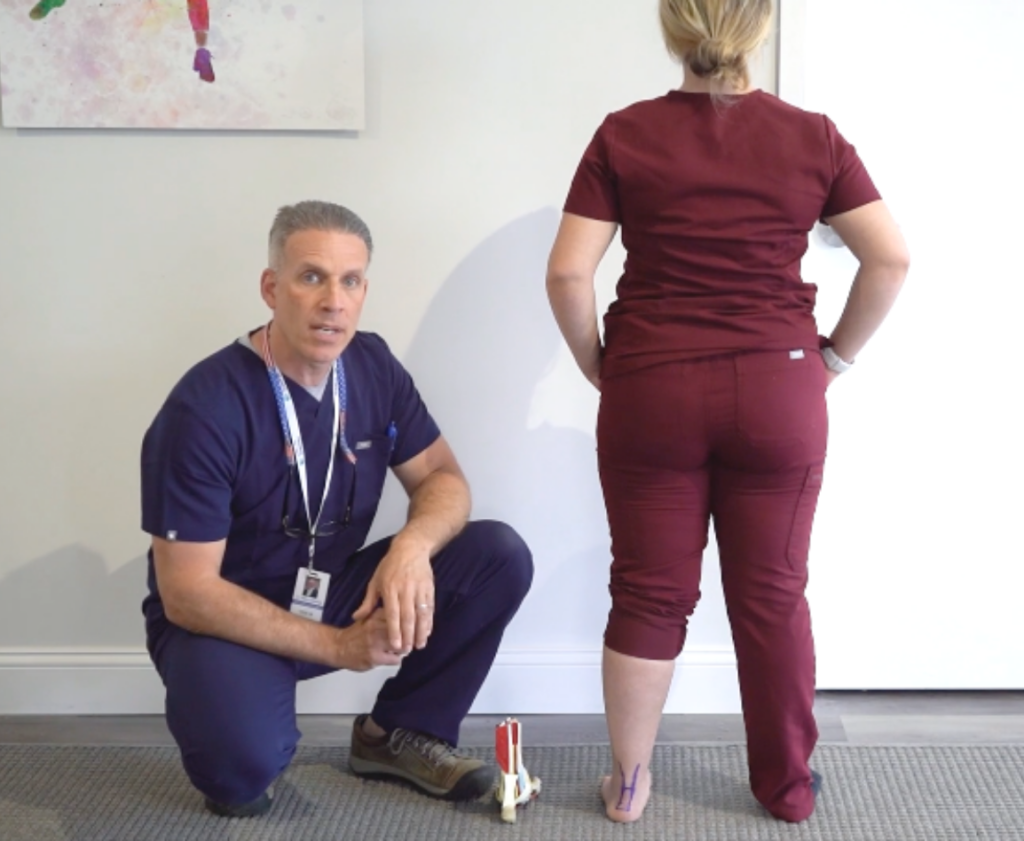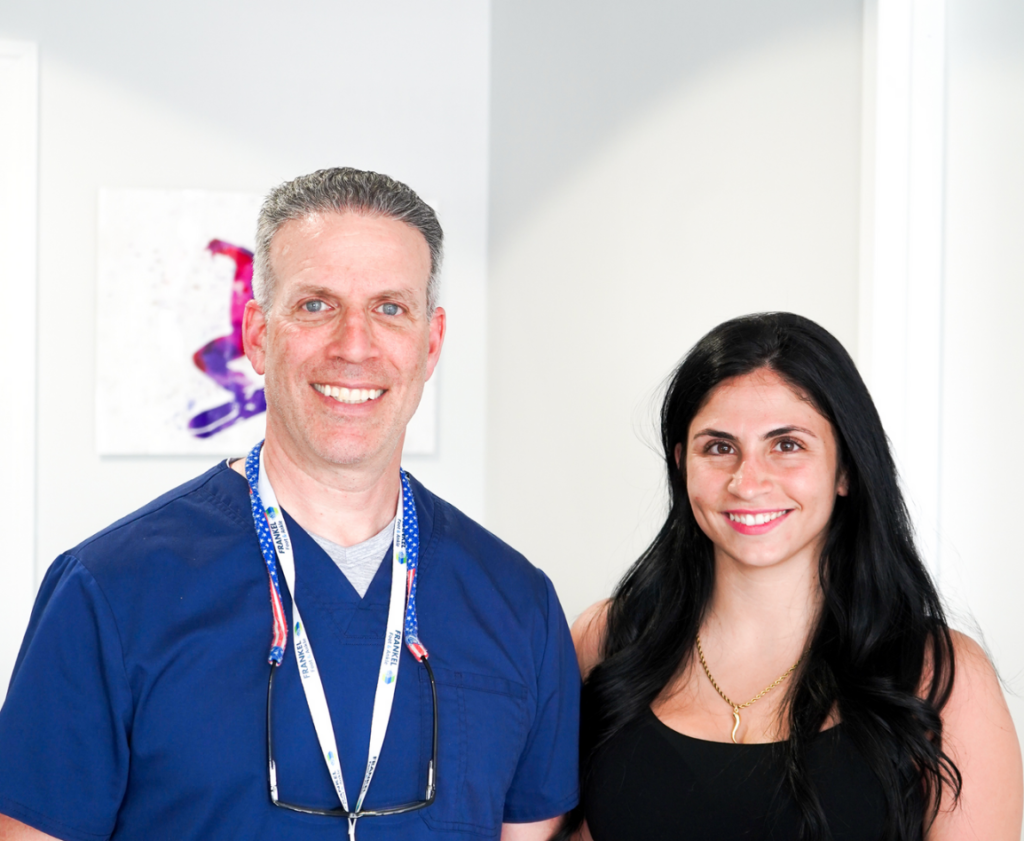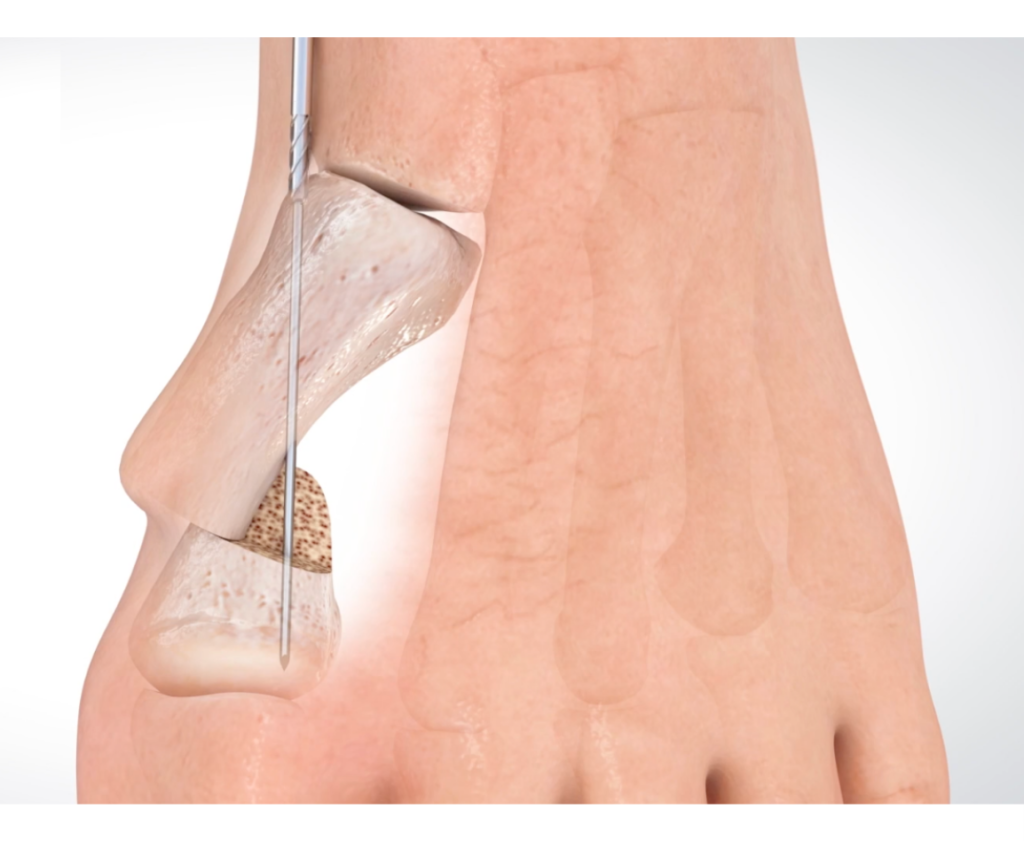Videos
Welcome to the Frankel Foot and Ankle Center Video Education Center. Please check back regularly as we add new videos often.
EDUCATIONAL VIDEOS
Learn more about our innovative treatment plans.
Frankel Facts
Dr. Frankel has decades of experience and has treated a wide range of foot and ankle conditions. Watch as he discusses foot and ankle conditions and the treatments available at the Frankel Foot and Ankle Center.
PATIENT STORIES
See what our amazing patients have to say about their experience here at the Frankel Foot and Ankle Center.
Procedures
View our innovative and successful procedures that are available to you.





